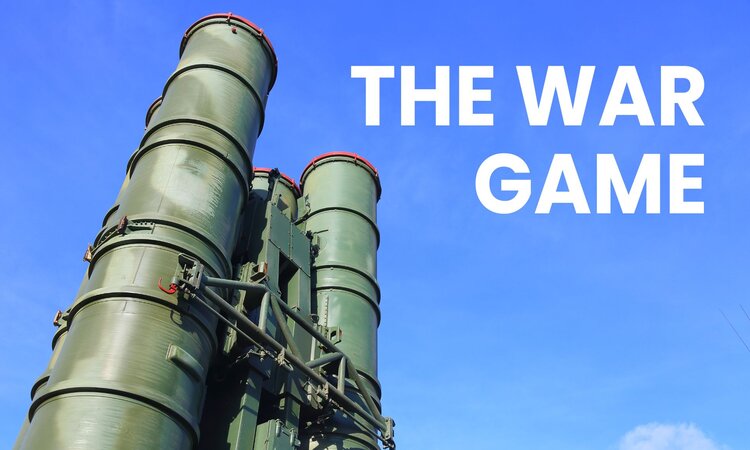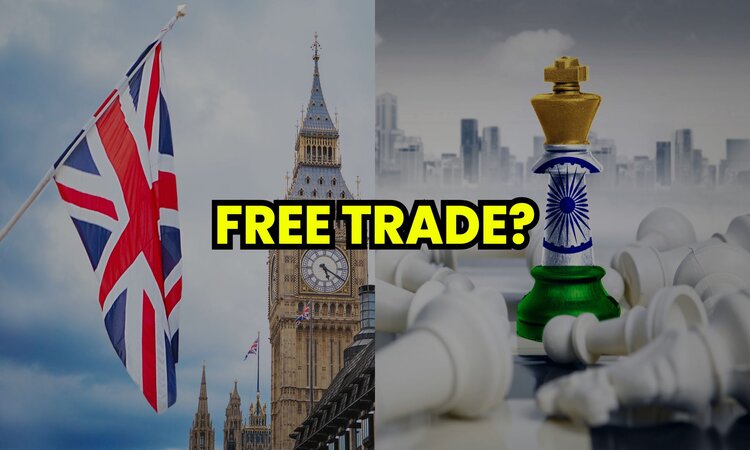Exchange traded funds (ETFs) are passive funds which track some market index, sector index, commodity or some other assets. These funds are listed on stock exchanges and are traded just like shares of listed companies. ETFs are very popular in the developed economies and are increasingly becoming popular in India as well.
We had discussed the benefits of ETFs in our previous article, Should you invest in Exchange Traded Funds. The legendary investor Warren Buffet has advised his children to invest his wealth in ETFs and index funds instead of hedge funds or other actively managed investments, when he is no more. In this article, we will discuss about different ways in which you can invest in ETFs.
Use ETFs for your asset allocation to equities – Nifty, Sensex ETFs
ETFs are the most efficient instruments to get exposure to equities as an asset class. In terms of risk characteristics, they are similar to diversified equity mutual funds, but their costs are much lower. Further, actively managed equity funds have some unsystematic risks in addition to market risks. Since ETFs track market indices, they have no unsystematic risks; they are only subject to market risks.
In our view, Nifty and Sensex ETFs are best suited for asset allocation to equities through ETFs. They are diversified across stocks and sectors. You can invest in Nifty ETFs if you want more diversification, as Nifty has 50 stocks. However, investment experts believe that reasonable diversification can also be achieved with 25 to 30 stocks. Therefore, Sensex ETFs can also provide reasonable diversification. Further, liquidity should be an important consideration in asset allocation. Nifty and Sensex ETFs are among the most heavily traded ETFs and therefore, are more liquid than other ETFs. As such, Nifty and Sensex ETFs should form the core of your ETF portfolio, if not your entire equity portfolio.
ETFs for diversification in broader market – Nifty Next 50, Nifty 100, Nifty Midcap 150, Nifty Small Cap 250 ETFs
While Nifty or Sensex ETFs may form the core of your portfolio, diversification in broader market (different market cap segments) can provide you additional sources of returns. Nifty Next 50 stocks can become Nifty stocks in the future; midcaps can become large cap stocks in the future etc, creating wealth for investors in the long term. You can invest in Nifty Next 50, Nifty 100 and Nifty Midcap 150 ETFs to get exposure to the broader market.
One factor should be kept in mind, when investing in these ETFs – liquidity. You should invest in ETFs which are more actively traded in the market. Higher the average daily trading volumes of an ETF, higher the liquidity. Further, the market prices of more actively traded ETFs are likely to be closer to its Net Asset Value (NAV), compared to less actively traded ones. Consult with your Eastern Financiers’ financial advisor to find out which ETFs are more liquid.
ETFs for exposure to industry sectors – Bank Nifty, CPSE, Nifty Financial Services, Nifty Private Banks, Nifty IT ETFs
In addition to your core portfolio of diversified (across stocks and sectors) ETFs, experienced investors can also add sector ETFs to your portfolio. Sector specific investments make compelling case because some sectors in Nifty or broader market indices have consistently outperformed other sectors and the index over sufficiently long investment tenures. For example, Banking and Financial Services, IT etc have outperformed sectors like metals, power, cement, capital goods etc.
Investment experts believe that ETFs are the best instruments for investing in specific industry sectors. Historical performance data shows that, actively managed sector funds are often unable to beat their benchmark indices. This is because managers of sector funds may not find as many opportunities to create alphas as diversified equity funds due to limited number of stocks in a sector index. Sector ETFs have the advantage of lower costs and the potential to outperform in the long term.
Bank Nifty ETFs are among the most popular and heavily traded sector ETFs. In addition to Bank Nifty ETFs, CPSE, Nifty Financial Services, Nifty Private Banks and Nifty IT ETFs can also be used to get exposures to different sectors. Different sectors may outperform or underperform each other in different market conditions and investment cycles. Timing your entry and exit in sector ETFs can boost your returns. Consult with your Eastern Financiers’ financial advisor to find out which sector ETFs can be suitable for your investment needs in these market conditions.
ETFs for exposure to commodities – Gold ETFs
Asset classes like gold, silver etc are important part of asset allocations. Gold is usually counter-cyclical and is also a hedge against inflation in the long term. Gold ETFs are much more cost efficient investments compared to physical gold in form of jewellery, bars or coins. There is no risk of chemical impurities in Gold ETFs. There is much lesser costs associated with storage – your demat charges are only a small fraction of bank locker or other storage costs. There is no risk of theft. In our view, Gold ETFs should be an essential part of your asset allocation.
ETFs for exposure to international equities – NASDAQ, Hang Seng, FANG ETFs
International investing is increasingly becoming popular in India, especially since the onset of COVID-19 pandemic. In the last one year, Assets under Management (AUM) in international funds or fund of funds have multiplied nearly 6 times. There are several benefits of investing in international equities. You can diversify single country risk through international diversification. There is low correlation of returns between different markets. International investments can give you exposure to global companies which have been transforming industries and our lives. Finally, you can benefit from Rupee depreciation against global currencies.
Though there are fund of funds, which invest in international equities, international market ETFs is a much more cost efficient investment compared to fund of fund. ETFs focused on technology sector e.g. Motilal Oswal NASDAQ 100 ETF and Mirae FANG Plus ETF are more popular because these have greater growth potential. The top 5 companies of the S&P 500 index in the US are all technology companies e.g. Apple, Microsoft, Alphabet (Google), Amazon and Facebook. These stocks have been huge wealth creators for investors. You can get exposure to these stocks through the above mentioned ETFs. Nippon India Hang Seng BeES ETFs can provide you exposure to China, which is one the fastest growing markets in the world.
You should understand that, international equity is a separate asset class. Investment in international equity should be according to your asset allocation needs. Consult with your Eastern Financiers’ financial advisor to discuss about your asset allocation needs and how international ETFs can fit into your needs.
ETFs for strategy investing – Nifty Quality, Nifty Low Volatility, Nifty ESG ETFs
ETFs can also be used for different investment strategies like Quality, Low Volatility and ESG. Several strategy ETFs have been launched in the past 1 – 2 years. Though the performances of these ETFs have been good, investors should understand what strategy they want to use and make informed investment decisions. Another issue with these niche products is AUM and liquidity. Liquidity should be an important consideration for ETFs because you can sell ETFs only on stock exchanges, unless you are investing and redeeming in lot sizes in which case, you can redeem with the AMC. Since the lot sizes are usually quite large, most retail investors have to sell their ETFs only in stock exchanges.
Fund of Funds investing in ETFs – Passive Flexicap FOF, Equity Allocator FOF
There are some funds of funds (FOF) which invest in ETFs. Two FOFs investing in ETFs have been launched in the last one year or so viz. Nippon India Passive Flexicap FOF and Mirae Asset Equity Allocator FOF. Both the FOFs are multicap in nature. Nippon India Passive Flexicap invests in Nifty 100, Nifty Midcap 150 and Nifty Small Cap 250 ETFs. Mirae Asset Equity Allocator invests in Nifty 50, Nifty Next 50 and Nifty Midcap 150 ETFs.
Though the TERs of FOFs are much higher than the underlying ETFs, FOFs make sense for taking exposure in the broader market because of liquidity considerations. As mentioned before Nifty Next 50, Nifty 100, Nifty Midcap 150, Nifty Small Cap 250 ETFs are less liquid than Nifty ETFs. If you invest in FOFs, you do not have to worry about the liquidity of the underlying ETFs in the stock market because in case of FOFs, you can redeem them with the AMC at applicable NAVs. Further, you should understand that the FOFs, despite having higher TERs than underlying ETFs, have still much lower TERs compared to actively managed equity funds.
Conclusion
When it comes to Exchange Traded Funds, most investors think about only Nifty, Sensex or Gold ETFs. The ETF market in India is maturing rapidly and will continue to do so in the future. In this blog post, we discussed how you can use ETFs for your different investment needs. Before investing in ETFs, you should clearly understand your own investment needs and which ETFs may provide solutions for your needs. For the umpteenth time, we should repeat that liquidity should be a very important consideration in ETFs. You can consult with your Eastern Financiers’ financial advisor to understand which ETFs can be suitable for your investment needs.






